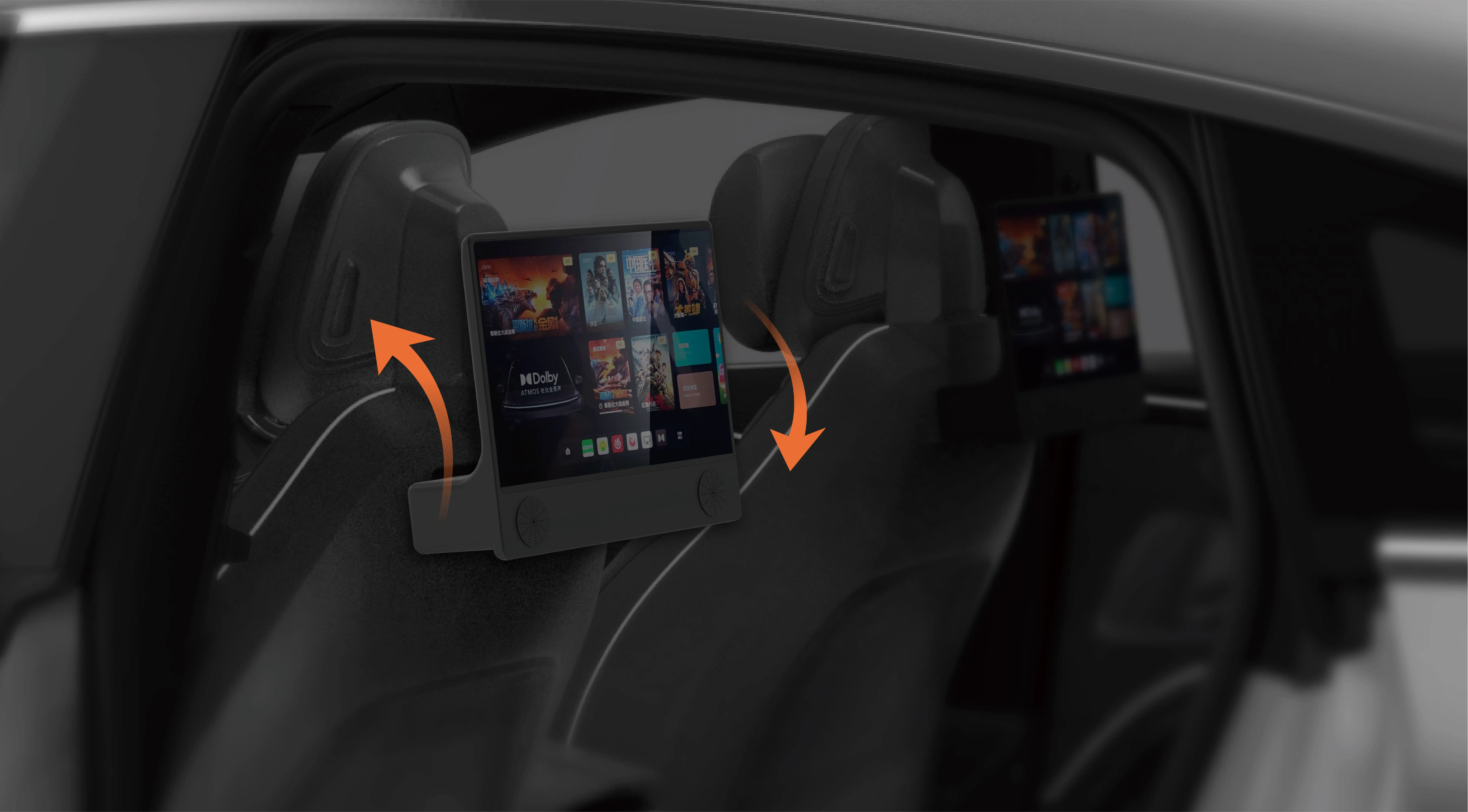Ever wondered whether to go big with a monolithic architecture or break things down into microservices? It’s like choosing between moving into a single giant house or renting a bunch of tiny apartments for different needs. Both have their charm, but let’s dig into what makes each one tick.

Picture a monolith like a classic Swiss watch—everything tightly packed, synchronized, tight-knit. When all parts are glued together tightly, managing updates might feel like trying to juggle too many balls at once. One change to a single feature could ripple through the entire system, throwing things off balance. But, on the flip side, a monolith can be simpler to develop initially. No need to stitch together dozens of services—just write, test, and deploy your code as one chunk.
Now, microservices are like a busy city with each building serving its own purpose. Want to upgrade the bakery? Do it without messing up the gym or the library. This flexibility can lead to faster innovation, scaling specific parts, and isolating bugs more easily. But let’s be honest—running a city of microservices is a different ball game. It’s more complex, managing communication between services feels like orchestrating a symphony, and sometimes, those tiny failures cascade into larger issues.
Here’s a question: Is your application likely to grow rapidly, or will it stay relatively small? Big apps with diverse features tend to lean toward microservices because breaking things down keeps the chaos manageable. On the contrary, smaller projects, or ones that aren’t expected to evolve fast, might find monoliths less headache-inducing.
Think about deploying updates. In a monolithic, deploying means updating the entire application—a big, cautious move. Microservices? You can deploy individual services without disturbing the rest. It’s a huge time-saver, especially if you’re chasing that continuous delivery dream.
Then there’s scalability. If you have a service that suddenly becomes popular—think a trending feature—it’s easier to scale that specific microservice independently. A monolith, in comparison, might need to be scaled as a whole, which isn’t the most resource-efficient move.
Some teams swear by microservices for their agility, while others prefer monoliths for simplicity. It’s not about which is better—more about what fits the project, the team’s skills, and the long-term goals.
When making the call, think about future growth. Will your system need to adapt quickly? Will you be bringing in different teams? How do you want to handle failures? Because ultimately, architecture choices set the stage for how smoothly your application will run, scale, and evolve.
Choosing between monolith and microservices isn’t a toss-up for everyone. It’s a puzzle—fit the pieces together based on your unique situation. So, what’s the plan? Build a fortress or a neighborhood? Both can be strong—just depends on what you’re aiming for.
Established in 2005, Kpower has been dedicated to a professional compact motion unit manufacturer, headquartered in Dongguan, Guangdong Province, China. Leveraging innovations in modular drive technology, Kpower integrates high-performance motors, precision reducers, and multi-protocol control systems to provide efficient and customized smart drive system solutions. Kpower has delivered professional drive system solutions to over 500 enterprise clients globally with products covering various fields such as Smart Home Systems, Automatic Electronics, Robotics, Precision Agriculture, Drones, and Industrial Automation.




































